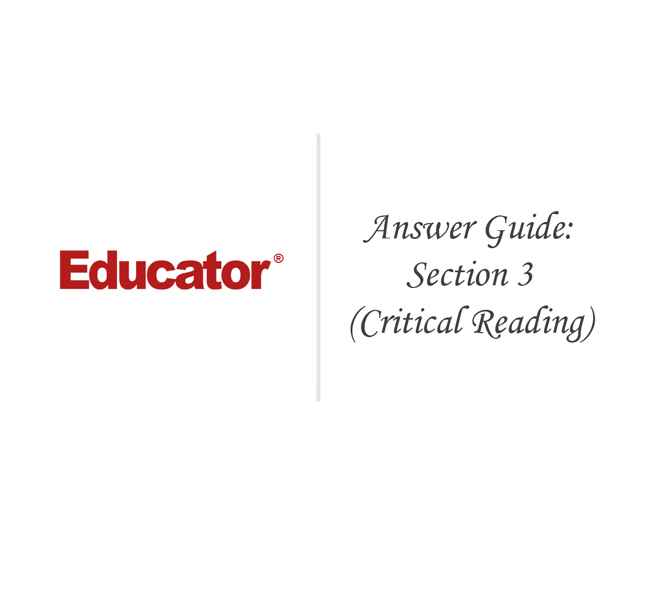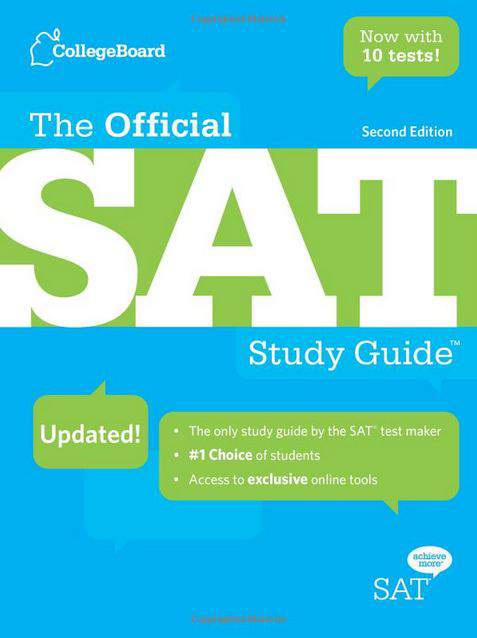Connecting...

This is a quick preview of the lesson. For full access, please Log In or Sign up.
For more information, please see full course syllabus of SAT Critical Reading
For more information, please see full course syllabus of SAT Critical Reading
SAT Critical Reading Answer Guide: Section 3 (Critical Reading)
Lecture Description
In this lesson, our instructor Rebekah Hendershot goes through the answer guide for section 3 of the critical reading SAT test.
Bookmark & Share
Embed
Share this knowledge with your friends!
Copy & Paste this embed code into your website’s HTML
Please ensure that your website editor is in text mode when you paste the code.(In Wordpress, the mode button is on the top right corner.)
×
Since this lesson is not free, only the preview will appear on your website.
- - Allow users to view the embedded video in full-size.
Next Lecture
Previous Lecture














































0 answers
Post by Jeffrey Tao on November 1, 2013
I think that number 11 is incorrect. If you look at the answer guide, https://satonlinecourse.collegeboard.org/SR/digital_assets/pdfs/eri/scoring_2012-2013.pdf it says that the correct answer is D. This makes sense because the fact that ms. Honeychurch plays piano so wonderfully, yet lives so quietly is inconsistent, which is what choice D says.